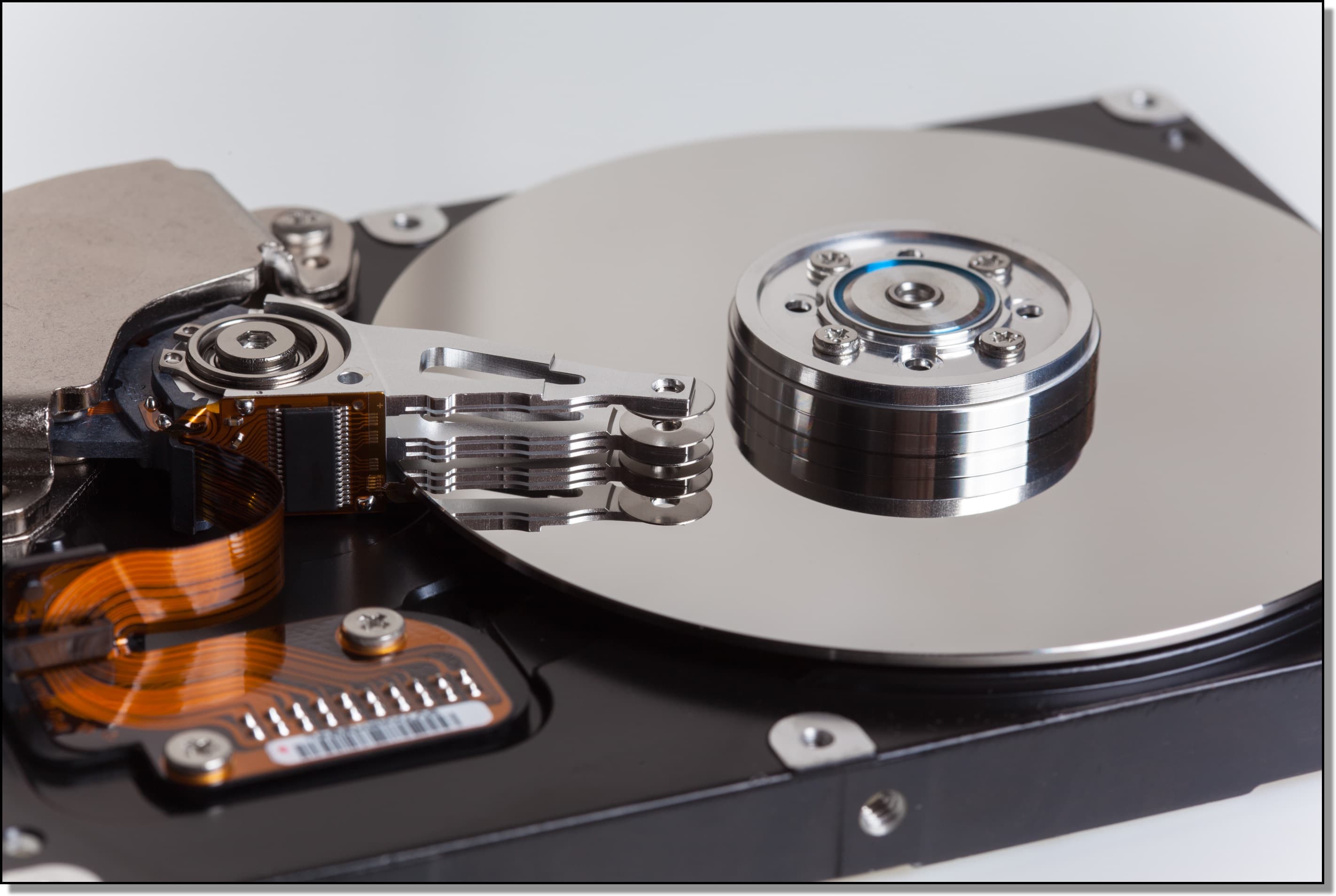
If you’d like, you can schedule regular defragmentation sessions in the Optimize Drives window by clicking the “Turn On” button in the “Scheduled Optimization” section. When the process is complete, the time in the Last Run column will update, and the Current Status will read something similar to “OK (0% fragmented).”Ĭongratulations, your drive has been successfully defragmented. You will see a percentage complete progress indicator in the Current Status column.

If the disk needs optimizing and defragmenting, the process will begin.
CANT DEFRAG MY COMPUTER WINDOWS
On SSDs, it runs a TRIM command, which can potentially speed up the operation of your drive, but it isn’t really necessary as Windows does this in the background with modern drives. On a hard disk drive, this runs a defragmentation routine.

Select the drive you’d like to defragment in the list, then click “Optimize.” RELATED: What's the Difference Between FAT32, exFAT, and NTFS? Drives formatted as exFAT will not appear in the list.
CANT DEFRAG MY COMPUTER WINDOWS 10
If one of your drives doesn’t show up, it may be because Windows 10 can only optimize drives formatted in the NTFS filesystem. The Optimize Drives window will appear, and it will list all of the drives in your system that are eligible for optimization and defragmentation.
CANT DEFRAG MY COMPUTER HOW TO
RELATED: Do I Really Need to Defrag My PC? How to Defragment Your Hard Disk on Windows 10įirst, press the Windows key or click the search box on your taskbar and type “defragment.” Click the “Defragment and Optimize Your Drives” shortcut in the Start menu. You might also need to defragment external hard disk drives connected via USB, as they may not be plugged in when Windows runs its automatic defragmentation. Still, it doesn’t hurt to keep your drives operating in the most efficient way possible. Windows automatically defragments mechanical drives, and defragmentation isn’t necessary with solid-state drives. However, with modern computers, defragmentation isn’t the necessity it once was. Defragmenting moves all of those blocks so they are located close together in physical space, which potentially speeds up read times when accessing data on the disk. So my question is: When I copy 1.6 terabytes worth of files, why do those files take up 2.Over time, the data blocks (fragments) that make up files can become scattered in multiple locations around the surface of the hard disk.

If if makes any difference, when I backup my files I do it by manually copying them to I. At least that's how I understand it, and so I assume the same principle applies today. These images were taken immediately after defragging the I: drive using Defraggler.īack in the day (circa 1985-1990) a 512-byte file used up an entire 2048-byte sector leaving 3/4 of that sector unused and inaccessible. As you can see from the following image it takes 2.09 TB to store 1.6 TB of files:Īnd when I examine of of the backed-up files on the disk I see that 105-GB file needs 212 GB to store it.īackup D 20210601.jpg 54.14KB 0 downloads
Only after accumulating several backups on it did I compare the size of the backed-up files with the total bytes used on that drive. I didn't realize that my I: drive (the 8 TB drive) was exFAT-formatted. I am using my external USB drive (I:) to backup the files on my D: drive.


 0 kommentar(er)
0 kommentar(er)
